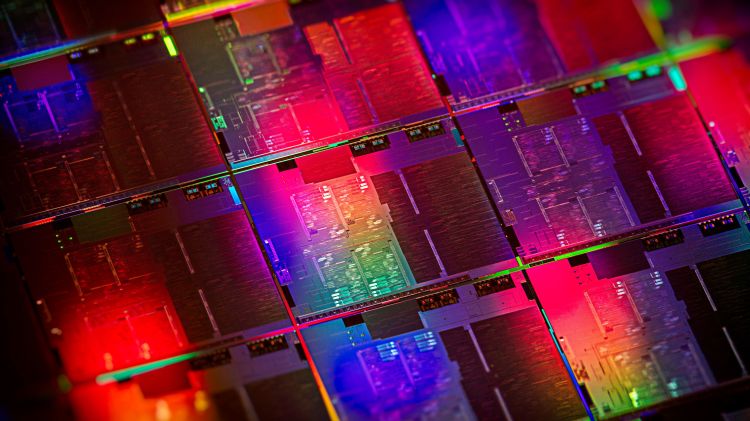Intel showed off its 10th Gen Intel Core processors at the Computex 2019 trade show in Taiwan today. The big chipmaker also revealed new details about Intel’s innovation program, codenamed “Project Athena,” that will level up mobile computing.
And the company showed off its first-ever gaming processor with an all-core turbo of 5GHz. The 10th Gen Intel Core chips are shipping now, but computers with the chips won’t be available until the holiday season.
“No one wants to compromise, people want it all: battery life, performance, responsiveness, connectivity, and slick form factors,” said Gregory Bryant, senior vice president and general manager of the client computing group, in a keynote talk at Computex. “Our job is to come together as an industry and deliver incredible and differentiated PCs, purpose-built to what real people want. 10th Gen Intel Core processors — our most integrated CPU — and Project Athena are great examples of how our deep investments at a platform level will help fuel innovation across the industry.”
Processor details
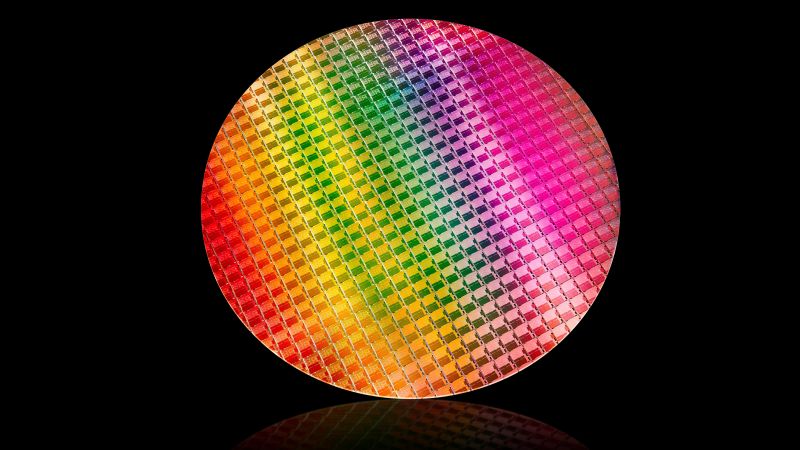
Above: 10th Gen Intel Core processors are made on a 10-nanometer process.
The 10th Gen Intel Core Processors will bring high-performance artificial intelligence processing to scale with Intel Deep Learning Boost (Intel DL Boost), or special instructions aimed at streamlining AI processing.
June 5th: The AI Audit in NYC
Join us next week in NYC to engage with top executive leaders, delving into strategies for auditing AI models to ensure fairness, optimal performance, and ethical compliance across diverse organizations. Secure your attendance for this exclusive invite-only event.
The processors are built on the company’s 10-nanometer manufacturing process technology, new Sunny Cove core architecture, and its new Gen11 graphics engine.
10th Gen Intel Core processors will range from Intel Core i3 to Intel Core i7, with up to four cores and eight threads, up to 4.1GHz max turbo frequency, and up to 1.1GHz graphics frequency.
Intel is targeting the 10th Gen Intel Core processors at thin-and-light laptops and convertible 2-in-1s. Intel DL Boost will deliver an estimated 2.5 times improvement in AI performance for low-latency workloads.
Graphics
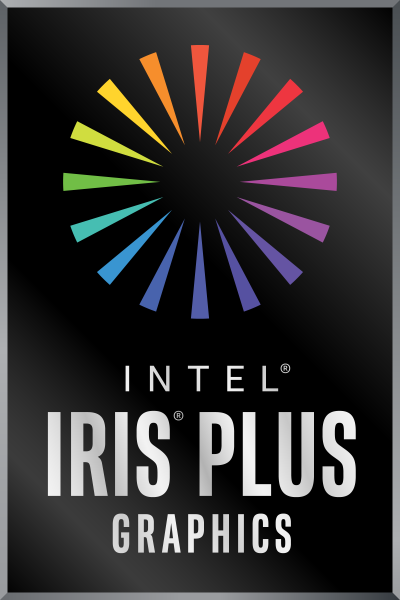
Above: Intel Iris Plus Graphics
The new graphics architecture delivers up to one teraflop of vector compute for heavy duty inference workloads to enhance creativity, productivity, and entertainment on highly mobile thin-and-light laptops.
For low-power AI usages on the PC, Intel Gaussian Network Accelerator (GNA) is built into the SoC.
Intel also said its Gen11 graphics architecture will be known as Intel Iris Plus graphics and doubles performance compared to Gen9 graphics. It also has 2 times HEVC encode and lets you watch 4K HDR in a billion colors. And it will let gamers play thousands of titles in 1080p resolution.
Connectivity
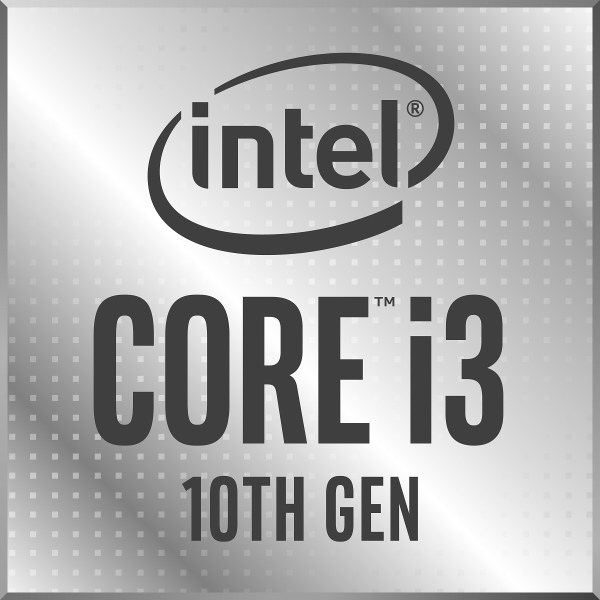
Above: Intel’s latest brand name.
The new chips come with integrated Thunderbolt 3 and integrated Intel Wi-Fi 6 (Gig+) for the first time to enable nearly 3 times faster wireless speeds, alongside the fastest and most versatile port available. Intel’s Gig+ implementation of Wi-Fi 6 connectivity delivers greater than 1Gbps wireless speeds with enhanced reliability and performance.
The new 10th Gen Intel Core processors are now shipping, with computer maker systems expected to be available for holiday 2019.
Project Athena: Accelerating innovation
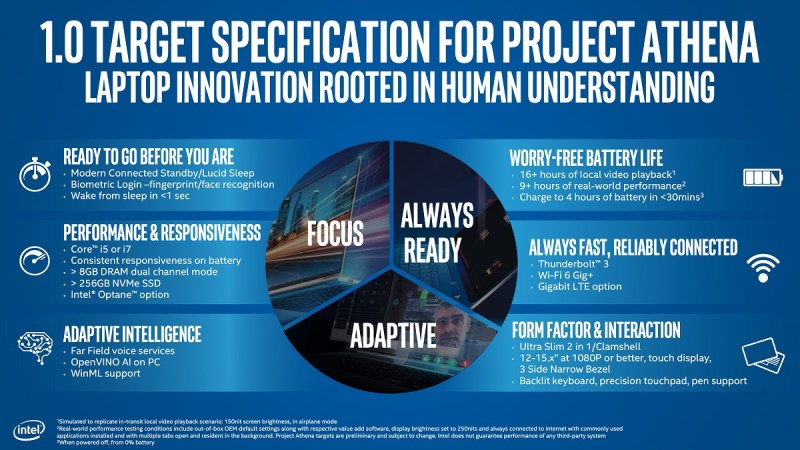
Above: Intel’s details for Project Athena.
Intel also shared more details on Project Athena, including the 1.0 target specification that will usher in the first wave of laptops in the second half of this year.
The company also previewed some of the first designs to come from consumer and commercial partners, including Acer, Dell, HP, and Lenovo.
Based on years of research to understand people’s needs, challenges, and expectations of the laptop, the program prioritizes enabling experiences that are reflective of real-world conditions as measured by “key experience indicators” (KEI).
Intel developed the new KEI engineering metrics, used during the program’s verification process, as a way to test and drive consistent experiences on the laptop. Metrics are based on day-in-the-life research of laptop users at home or at work under real-world conditions. Intel’s goal for the new metrics is to work with the ecosystem to drive innovation that noticeably impacts people’s experiences on the laptop and to evolve those capabilities year over year.
The first wave of KEI targets includes consistent responsiveness on battery life, 16 or more hours of battery life in local video playback mode, nine or more hours of battery life under real-world performance conditions, and system wake from sleep in less than a second.
The specifications that will enable these experiences include platform-level requirements — such as Thunderbolt 3, Intel Wi-Fi 6 (Gig+), OpenVINO AI on PC compatibility, and modern connected standby — across six areas: instant action, performance and responsiveness, intelligence, battery life, connectivity, and form factor.
As part of Project Athena, Intel is providing co-engineering support across the ecosystem — with more than 100 companies signed on — and new tools and Open Labs facilities to support verification and testing of laptops.
Project Athena is a multi-year journey, with today’s announcement on the 1.0 target specifications and design previews just the beginning.
Gaming processor
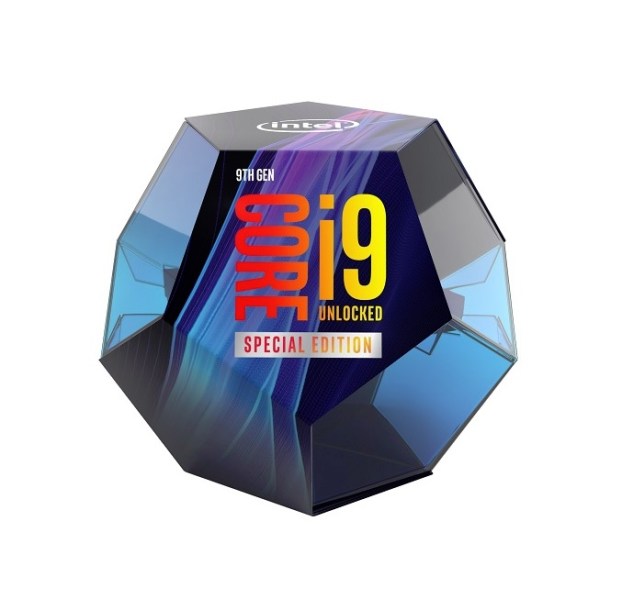
Above: 9th Gen Core i9 Special Edition
Intel also announced the special edition 9th Gen Intel CoreTM i9-9900KS processor, which has been fine-tuned to deliver 5Ghz all-core turbo, making it the world’s fastest gaming desktop processor. It is expected to be available by the 2019 holidays.
For the first time, the company also showed the new Intel Performance Maximizer (IPM), an automated overclocking tool that brings overclocking to the masses by making it easy to dynamically and reliably custom-tune unlocked 9th Gen Intel CoreTM desktop processors based upon its individual performance DNA.
IPM will be free and is part of the Intel Adaptix Technologies toolkit, a collection of advanced software technology tools that help OEMs and consumers maximize platform-level performance and experience.
More chips
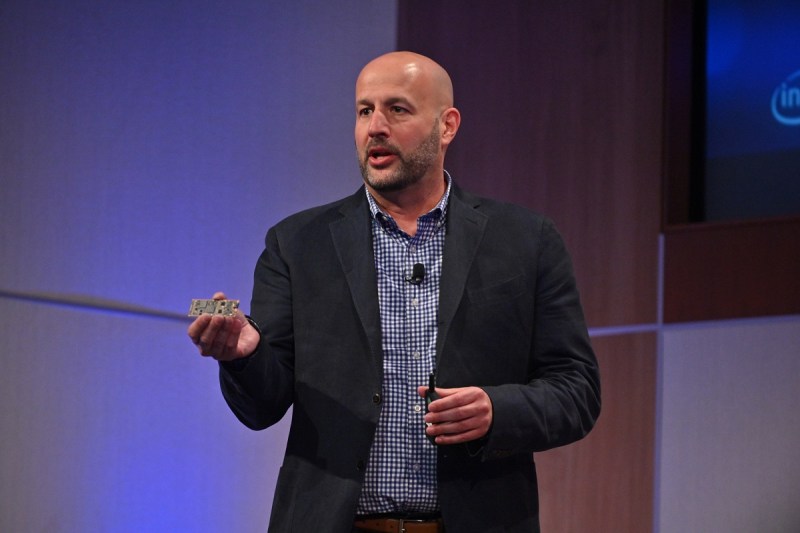
Above: Intel executive Greg Bryant runs the client computing group.
Finally, the company shared updates on three more product lines. Intel launched 14 new 9th Gen Intel Core vPro processors for high-performance mobile (H-series) and desktop (S-series) PCs, the highest-performing business processors.
And Intel launched 14 new Intel Xeon E processors for mobile and desktop workstations that are purpose-built with professional-grade performance, real-time data analytics capabilities, built-in platform security features, and remote manageability features as part of the Intel vPro platform.
Plus, the company announced the new Intel Core X series family of processors for premium creators that are arriving this fall. These processors will bring frequency improvements, increased memory speed, and updated Intel Turbo Boost Max Technology 3.0.
